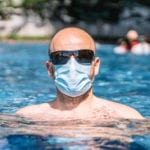 Animals
Animals  Animals
Animals  Weird Stuff
Weird Stuff 10 Weird Things People Used to Do at New Year’s
 Our World
Our World 10 Archaeological Discoveries of 2025 That Refined History
 Weird Stuff
Weird Stuff 10 Fascinating Facts You Might Not Know About Snow
 Miscellaneous
Miscellaneous Top 10 Things Crypto Was Supposed to Change & What Actually Did
 History
History 10 Huge Historical Events That Happened on Christmas Eve
 Music
Music 10 Surprising Origin Stories of Your Favorite Holiday Songs
 History
History 10 Less Than Jolly Events That Occurred on December 25
 Weird Stuff
Weird Stuff 10 Funny Ways That Researchers Overthink Christmas
 Politics
Politics 10 Political Scandals That Sent Crowds Into the Streets
 Animals
Animals 10 Species That Refused to Go Extinct
 Weird Stuff
Weird Stuff 10 Weird Things People Used to Do at New Year’s
 Our World
Our World 10 Archaeological Discoveries of 2025 That Refined History
Who's Behind Listverse?

Jamie Frater
Head Editor
Jamie founded Listverse due to an insatiable desire to share fascinating, obscure, and bizarre facts. He has been a guest speaker on numerous national radio and television stations and is a five time published author.
More About Us Weird Stuff
Weird Stuff 10 Fascinating Facts You Might Not Know About Snow
 Miscellaneous
Miscellaneous Top 10 Things Crypto Was Supposed to Change & What Actually Did
 History
History 10 Huge Historical Events That Happened on Christmas Eve
 Music
Music 10 Surprising Origin Stories of Your Favorite Holiday Songs
 History
History 10 Less Than Jolly Events That Occurred on December 25
 Weird Stuff
Weird Stuff 10 Funny Ways That Researchers Overthink Christmas
 Politics
Politics 10 Political Scandals That Sent Crowds Into the Streets
Top 10 Brutal Realities Of The American Reconstruction
The American Civil War is one of the most studied, dramatized, and reenacted events in world history. Much less covered is the period generally agreed by historians to have spanned from 1865 to 1877 known as the Reconstruction.The Civil War could easily be portrayed as a glorious campaign where the forces of good triumphed and in the process freed millions and preserved the union. It’s all very reassuring if not inspiring. Meanwhile the American Reconstruction is largely a matter of blunders. Blunders that cost countless Americans their lives and generations their livelihoods. Hard to feel inspired by that.
10 Ways American Slavery Continued Long After The Civil War
10 Black Codes
The Thirteenth Amendment which banned involuntary servitude “except as punishment for a crime” may be the most abused amendment in US history. In November 1865, Mississippi passed laws that quickly spread throughout the South to deny a number of basic rights to black people such as being able to enlist in militias, serve on juries, testify at trials, or take jobs without the approval of a previous employer. These were largely overturned, but after Reconstruction ended, new and arguably worse laws to ensure a steady flow of involuntary labor, such as criminalizing loitering or “vagrancy” which meant being caught in public while unemployed.
In Georgia for example, between 1864 and 186 8 the number of freed slaves that were convicted increased twentyfold. This got even worse towards the end of Reconstruction in 1875 when Convict Leasing, a practice whereby prison labor was provided to private businesses, exploded and remained in common practice until it was formally banned in 1941. By then, an estimated 200,000 African Americans had been put through the convict leasing program, while 800,000 were estimated to have been forced into unpaid labor. Under these conditions, for some prisons the annual death rate was reportedly as high as 5%.
9 Field Order No. 15 Betrayal
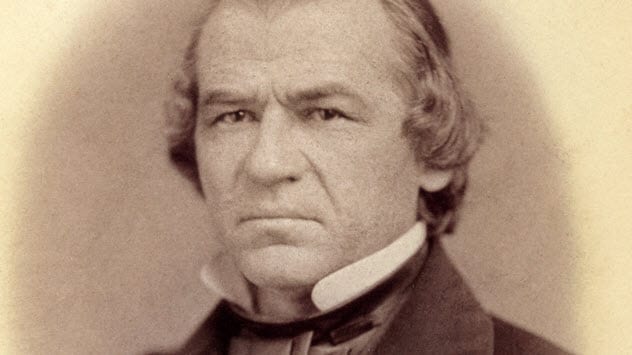
With the freeing of four million slaves at the end of the Civil War, the issue loomed of what exactly the Union would do to allow those people who had been legally barred from owning property to escape destitution. One experiment the Union Army intended to try was conceived of during a meeting between Secretary of War Edwin Stanton, General William Sherman, and 20 black community leaders led by Reverend Garrison Frazier in Savannah, GA on January 11, 1865. 400,000 acres of coastal farmland from Charleston to St. John’s river in Northern Florida would be distributed to 10,000 freed families, with the benefit of a mule added later. Sherman issued the order on January 15 with Lincoln’s approval.
Unfortunately for the future of countless freed slaves in America, Abraham Lincoln’s replacement Andrew Johnson was a Democrat who’d been put on the ticket by Lincoln to promote unity, and while he’d been loyal to the Union he was sympathetic to the slave owners. Thus he cancelled the order in 1865 and redistributed the land to the same planters that had in many cases taken arms against the United States. Deeply disillusioned, vast numbers of freed slaves were forced into the poor agricultural wages that left many of them more vulnerable to Black Code incarceration.
8 KKK Wars
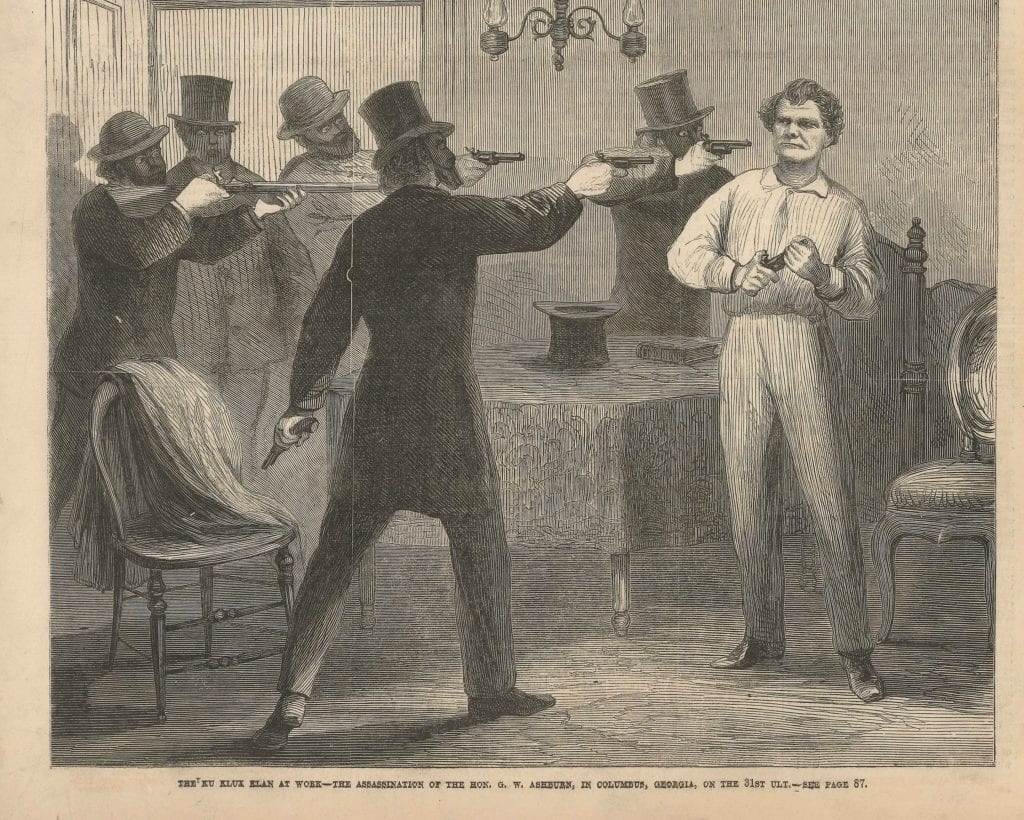
It’s questionable whether the families would have been able to hold on to the lands allotted in Field Order No. 15, for two years after it was founded in 1865, the Ku Klux Klan moved from intimidating Republicans in the South to violence. Of the roughly 600 black candidates elected to office during the Reconstruction, the Klan would physically attack about ten percent of them and successfully assassinate at least seven. Their war against the federal government drove Republicans entirely out of power in the South.
The Klan also demonstrated a significant degree of shrewdness in how it waged a number of small wars. A prime example of this was the Kirk-Holden War. On February 26, 1870, Union League founder and 2nd US Colored Cavalry veteran Wyatt Outlaw was lynched in Graham, NC. In response militia forces under George Kirk were dispatched to hunt down the Klan. 100 members were arrested, but none of these went to trial. Spurred on, Klan candidates gained control of the North Carolinian general assembly and in March 1871 successfully impeached governor William Holden for sending the militia after them.
7 Freedman’s Bank
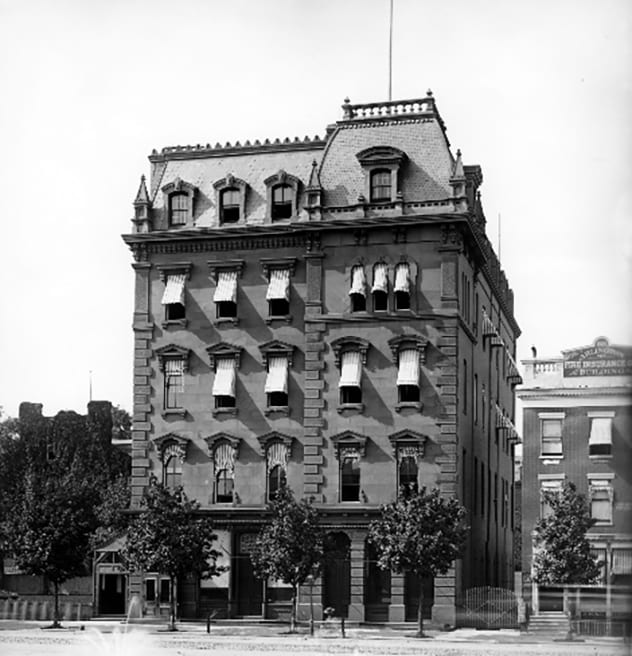
For many black veterans of the Civil War, there was a significant issue of what to do with their pay when many local banks in former Confederate states couldn’t be trusted with their accounts. Reverend John Alvorod of New York City and a group of twenty philanthropists founded a savings service that was given federal approval on March 3, 1865. Over the course of the Reconstruction, it would open 37 offices in 17 states and collect $57 million in assets from more than seventy thousand depositors, much of it from tens of thousands of black veteran families.
Unfortunately despite its initial stated aim that none of the funds be used for loans, the bank drew a number of managers that by 1870 were giving out loans without so much as token collateral among other forms of fraud. Such was the loss of public trust in the bank by March 1874 that no less than Frederick Douglass was elected its president. Unfortunately for Douglass he invested $10,000 in the bank as a show of trust before fully reviewing the bank and realizing what a horrid state it was in, and within months he was calling for the federal government to close it, which it did in June 1874. It was soon revealed that the federal government did not guarantee anyone compensation for their lost funds. Among the account holders, the fortunate ones were the half that received 60% of their deposits. Petitions for compensation from the federal government continued for thirty years, further shrinking public trust.
6 Race Riots
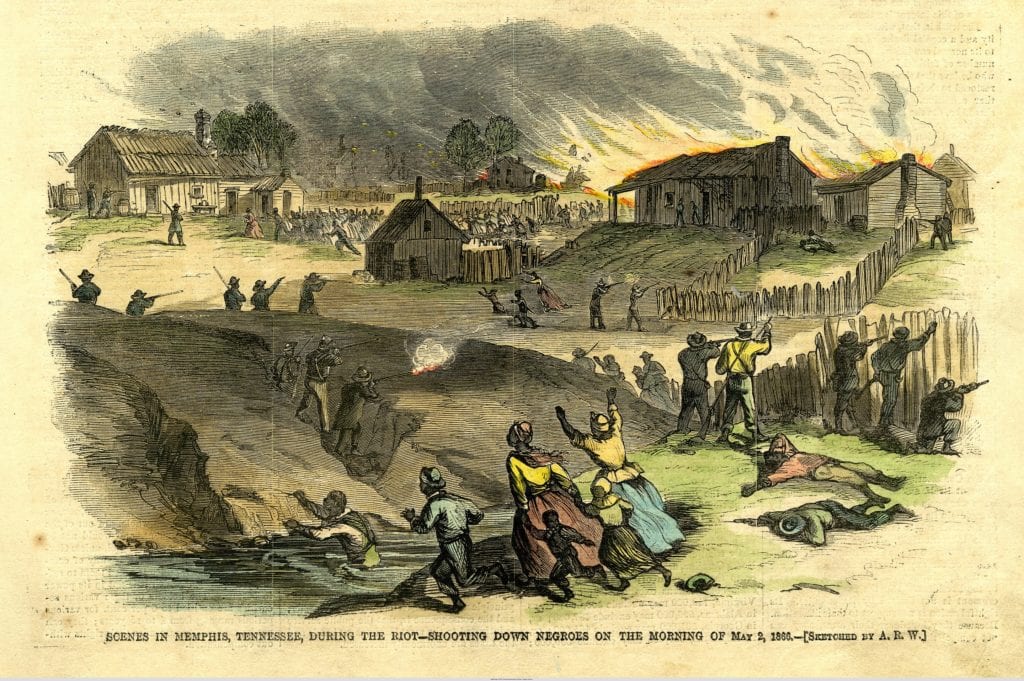
Even outside of the Klan terrorism the American reconstruction was in large part not peaceful. For example during the first three days of May 1866 Memphis, TN was embroiled in riots after an altercation between a white police officer and a black veteran. The aftermath was 48 deaths, of which 46 were black, 100 buildings burned down, and zero arrests. Two months later in New Orleans an attempt to reconvene the Louisiana Constitutional Convention of 1864 and extend suffrage to freedman was declared an unlawful assembly by confederate veteran mayor John Monroe. On July 30, 25 delegates convened anyway while a mob protested outside, and when 200 freed supporters of the convention arrived, fights broke out until deputized police began firing into the freedmen. 34 freedmen were shot dead and an extra 119 were wounded, and while initially the press and authorities claimed it was a riot later accounts described it as a massacre. It went on through cities such as Richmond, VA and Franklin, TN in 1867, and the 1868 riot in Millican, TX which left 25 black people dead. Even the presence of tens of thousands of federal soldiers throughout former Confederate states through 1875 wasn’t enough to prevent such violence.
5 Panic of 1873

Not all of America’s problems involved race relations. During the Reconstruction America’s rail programs had been wildly ambitious. Beyond finishing the Transcontinental Railroad in 1869 an additional 35,000 miles had been built through wild speculation, much of which it must be said was partially facilitated by Abraham Lincoln’s paying off Civil War expenses through authorizing mass printing fiat currency. By September 1873, Jay Cooke’s bank, which had been functionally the bank of the Civil War and rail development in the US, closed its doors. This drove almost a quarter of rail lines into bankruptcy, put 18,000 companies out of business over the next two years, and raised unemployment to 14%, dropping average wages by a quarter. While it took until 1883 for the US economy to recover, it was actually much worse for other nations. For example the United Kingdom suffered a depression that lasted twenty years.
An effect of the crash was significant conflict between the American labor movement and the government, such as when federal troops were called in to deal with the Great Railroad Strike of 1877. This had the dual effect of draining troops that were desperately attempting to keep the peace in the former Confederacy away and removing public support for the working class, allowing such practices as convict labor to get away with more atrocities.
4 Regular Epidemics
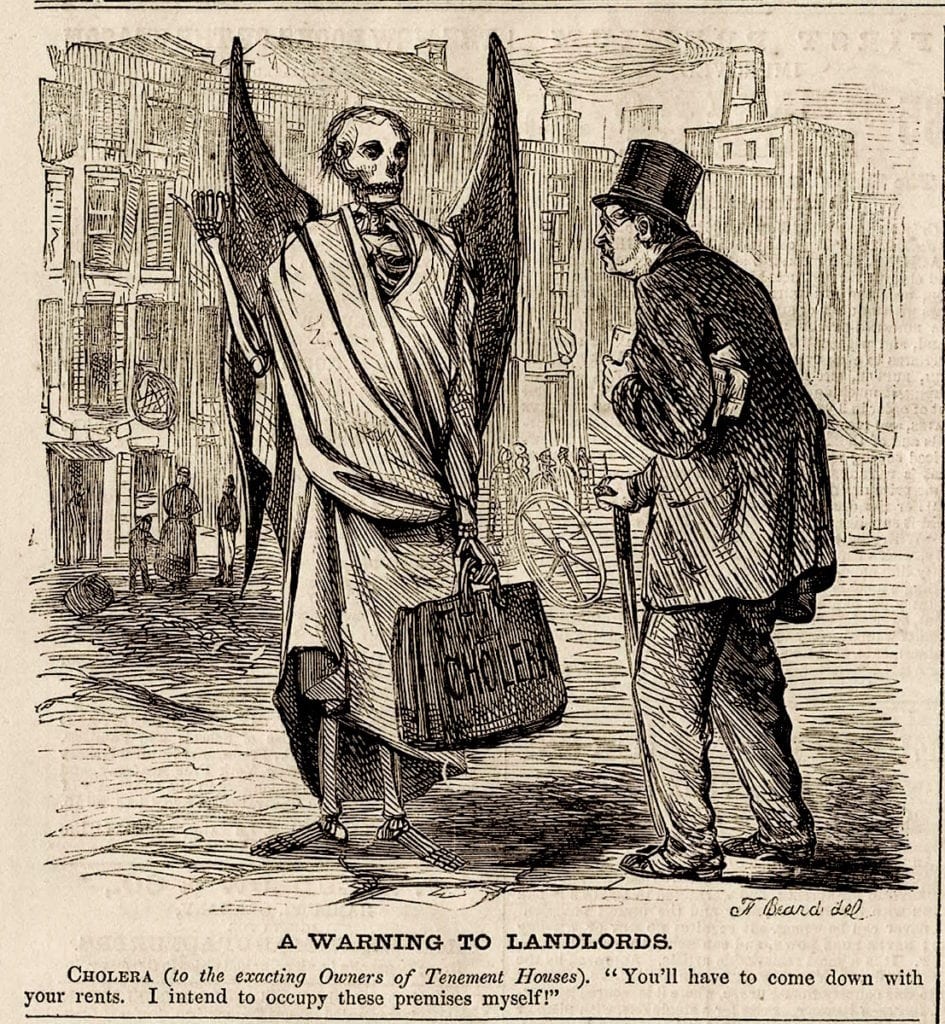
The state of medicine during the Civil War was such that twice as many soldiers died of disease as died from combat. It was hardly an improvement on the home front, where epidemics were practically a routine semi-annual occurrence. A single cholera epidemic in 1866 killed 50,000 Americans, the equivalent of 500,000 today, and that was actually relatively mild compared to an 1849 epidemic which killed three times as many. At the same time a smallpox epidemic was underway which by 1867 killed 49,000 Americans. In the Southern states yellow fever raged more summers than it did not, and in 1867 alone it killed 3,000 people in New Orleans. In the city of Shreveport, LA, 1873 witnessed so many deaths that the city declared a suspension to funerals. Under these circumstances it was unsurprising that many of the federal laws such as the 1878 National Quarantine Act were passed that form the basis of dealing with the Coronavirus pandemic.
3 The Locust Swarms
Aside from humans, no animal has ever posed a greater threat to the future of the United States than the Rocky Mountain Locust. As a drought struck the Rocky Mountains from British Columbia through Wyoming in 1874, the food shortage drove the unusually massive population of locusts to the fertile farmland of the Great Plains instead. From Texas to Minnesota two million miles of farmland were attacked by a swarm that supposedly covered 198,000 square miles, making it functionally impossible to stop, especially by the means available at the time. The damage from the lost crops alone was estimated at $200 million, not even getting to how their corpses left huge numbers of chickens inedible and their scat left water undrinkable. It was only that the 1874-1875 winter was particularly harsh and long that prevented future giant swarms.
A massive relief campaign was begun for financially ruined farmers and speculators. While the effort successfully distributed huge amounts of funds and goods, it was accompanied by a large number of complaints and even official reports that inevitably the relief money would go into the hands of lazy and idle people.
2 Mass Lynchings
Returning to the issue of race, there really never was a time in American history that so many people were murdered so publically with so little fear of retribution. In 2020, the Equal Justice Initiative released a report that 2,000 known lynchings had occurred during the twelve years after the Civil War. By contrast, between 1878 and 1950, there were 4,400. A mass-lynching could be set off by something as benign as just a number of black people going to the polls, as happened in Eufala, AL in December 1874. Even black National Guard soldiers were attacked and killed in groups, as occurred to at least six of them in Hamburg, SC in July 1876.
It was not limited to black citizens either. In 1871, a shootout between a few Chinese people in Los Angeles, CA snowballed after a police officer and saloon owner were caught in the crossfire, and as a result, eighteen Chinese immigrant bystanders were lynched near the site of the shooting. While there were several convictions for manslaughter, all of them were overturned on technicalities.
1 The First Opium Epidemic
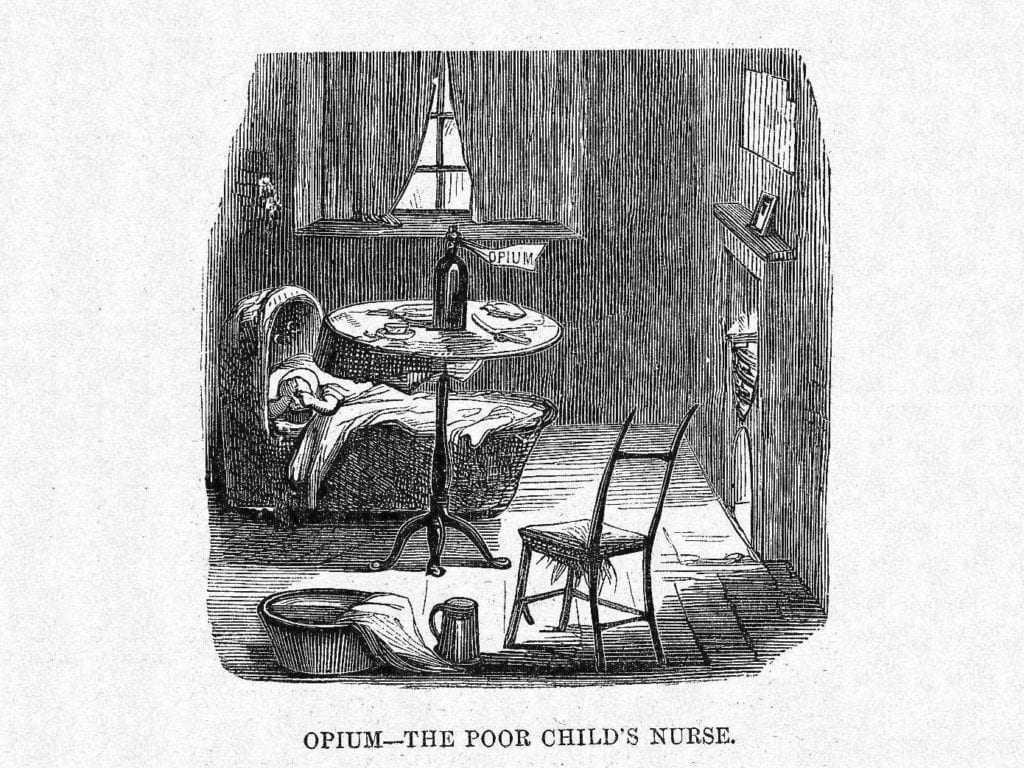
400,000 morphine addicts is one of the lesser known products of the Civil War. Field hospitals regularly used it not only to give relief to wounded soldiers but also the generally ill. Its use was also common for many Confederate veterans attempting to cope with the pain of defeat. According to the 1868 book Opium Habit that year there were still an estimated 100,000 opium addicts in America, though that was surely a huge undercount as a general perception that being addicted to opium was a sign of weak character meant many people were unwilling to admit it. Returning to unfortunate Shreveport, LA, as much as 1% of the population suffered from an addiction. This was one area where black southerners had something of an advantage, as opium addicts were vastly more likely to be white people, even proportionate to population. Interestingly, this is also the case in America with the contemporary opioid epidemic.
10 Burning Facts About The Ku Klux Klan
About The Author: Follow Dustin Koski on Twitter for a lighter view of history.
